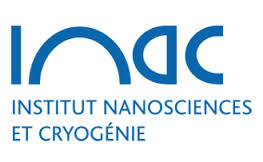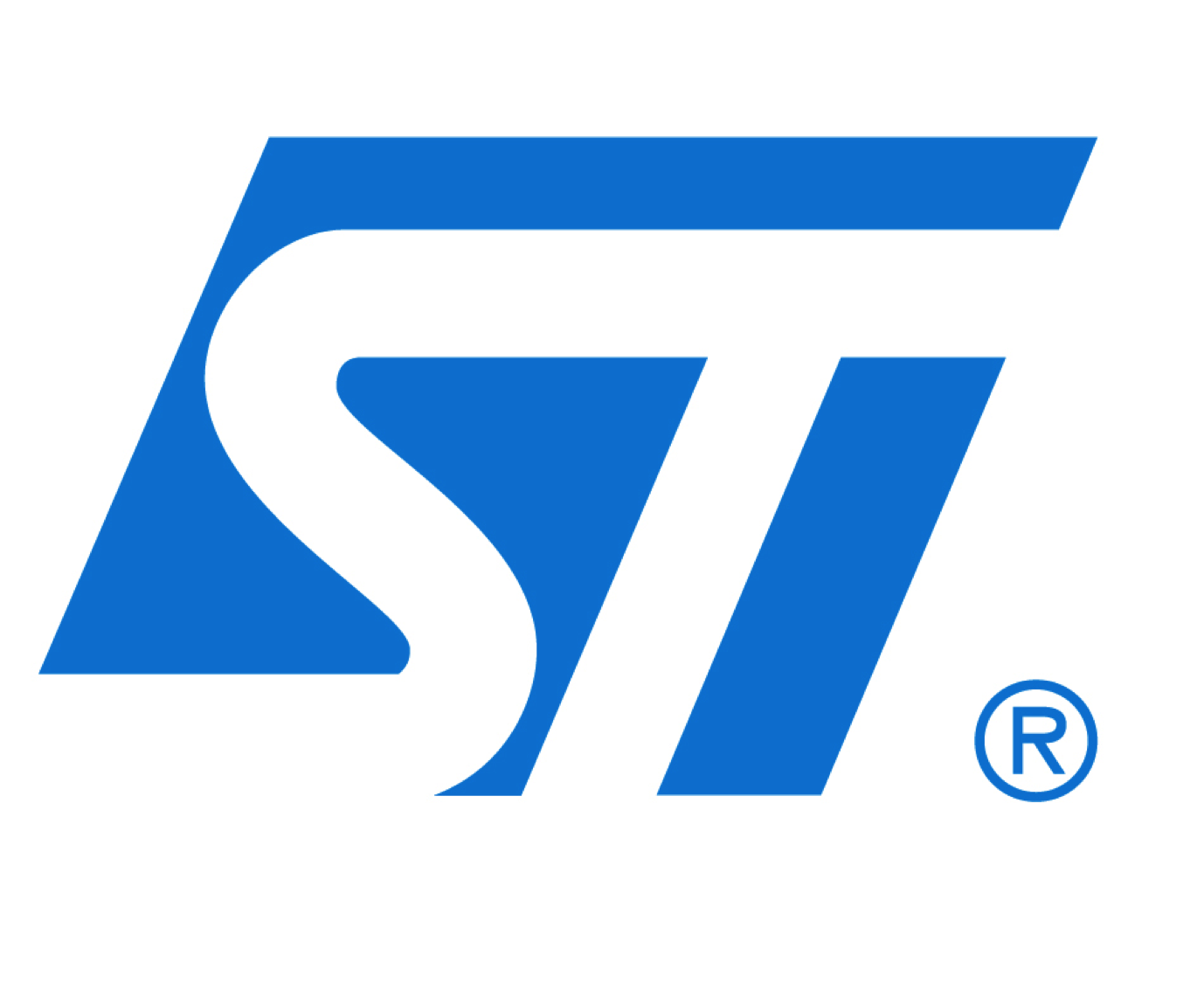This proposal focuses on the development of a new generation of quantum transport simulation tools tackling with atomic scale issues which become of paramount importance for understanding low dimensional semiconductor devices.
On the basis of a common Green’s function formalism, the complementary expertises of partners, ranging from state-of-the-art ab initio approach, to sophisticated tight-binding and effective mass models have been combined to develop multiscale 3D device simulation codes. It allowed an in-depth analysis of quantum transport properties and field effect transistor characteristics in realistic models of both top-down ultimate MOSFETs and bottom-up CVD-grown semiconductor nanowires.
Using an upscaling strategy from ab initio to effective mass schemes, the impact of intrinsic scattering mechanisms on current characteristics have been investigated, based on a rigorous self-consistent treatment of electrostatics. Simultaneously, the quantum coherent effects in the low temperature regimes have been explored, with a focus on the spin coherence lengths in the perspective of semiconductor nanowire-based spintronics.
QUANTAMONDE project offered a natural means for fusing the expertise of different research groups and leading to breakthroughs in the understanding of nano-transistors.
Main publications:
- Holes transport:
N. Cavassilas et al., IEEE-IEDM, Tech. Digest p.67 (2009). http://dx.doi.org/10.1109/IEDM.2009.5424418
N. Cavassilas et al., Appl. Phys. Lett. 96, 102102 (2010). http://dx.doi.org/10.1063/1.3352558
- Impurity effects:
M. Bescond et al., J. Appl. Phys. 107, 093703 (2010). http://dx.doi.org/10.1063/1.3399999
M. P. Persson et al., Phys. Rev. B 82, 115318 (2010). http://dx.doi.org/10.1103/PhysRevB.82.115318
X. Blase et al., Phys. Rev. Lett. 100, 046802 (2008). http://dx.doi.org/10.1103/PhysRevLett.100.046802
- Influence of roughness at the Si/SiO2 interface and remote Coulomb scattering:
S. Poli et al., IEEE-Transactions on Electron Devices 55, 2968-2976 (2008).
http://dx.doi.org/10.1109/TED.2008.2005164
S. Poli et al., IEEE-Transactions on Electron Devices 56, 1191-1198 (2009).
http://dx.doi.org/10.1109/TED.2009.2019380
C. Buran et al., IEEE-Transactions on Electron Devices 56, 2186-2192 (2009).
http://dx.doi.org/10.1109/TED.2009.2028382
M.P. Persson et al. Nanolett. 8, 4146 (2008). http://dx.doi.org/10.1021/nl801128f
- Influences of phonon interactions:
S. Poli, M.G. Pala, IEEE Electron Device Letters 30, 1212-1214 (2009).
http://dx.doi.org/10.1109/LED.2009.2031418
W. Zhang et al., Phys. Rev. B 82, 115319 (2010). http://dx.doi.org/10.1103/PhysRevB.82.115319
E. Bourgeois et al., Phys. Rev. B 81, 193410 (2010). http://dx.doi.org/10.1103/PhysRevB.81.193410
- Interface induced correlation effects:
C. Li et al., Appl.Phys. Lett. 97, 252109 (2010). http://link.aip.org/link/doi/10.1063/1.3526739
C. Li et al., Phys. Rev. B, 80, 195318 (2009). http://dx.doi.org/10.1103/PhysRevB.80.195318
- Bande structure calculations:
Y-M. Niquet, D. Rideau et al., Phys. Rev. B 79, 245201 (2009).






